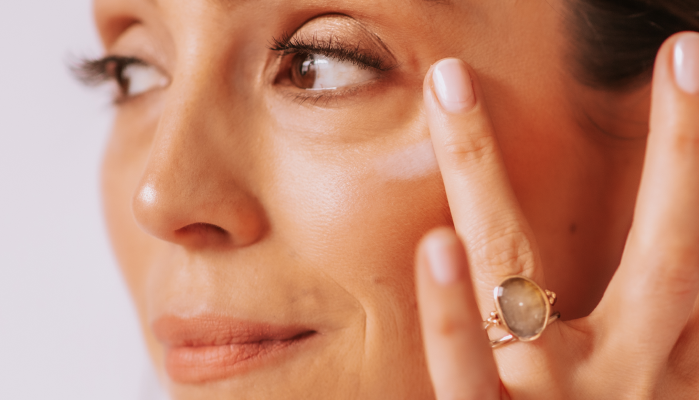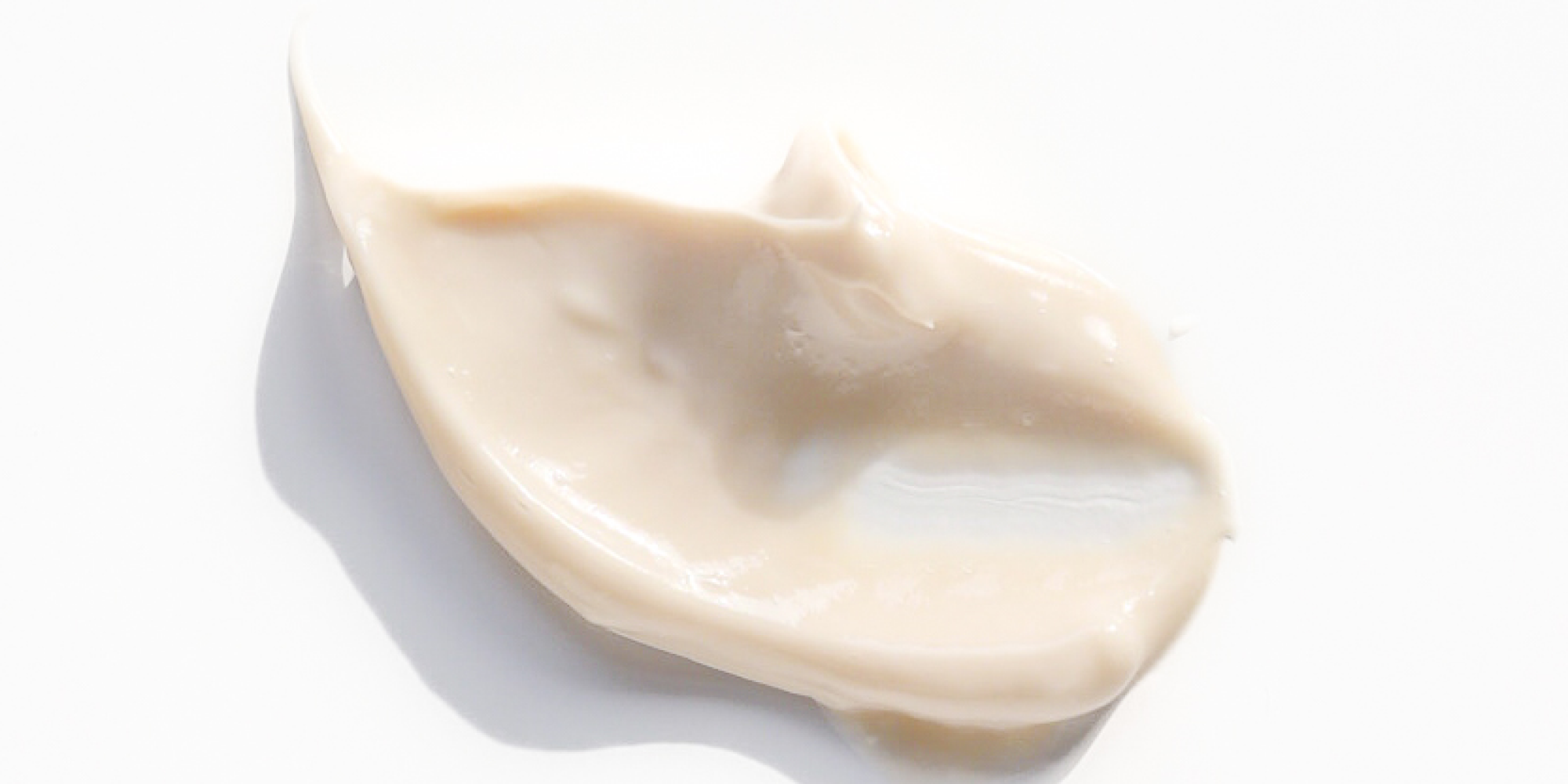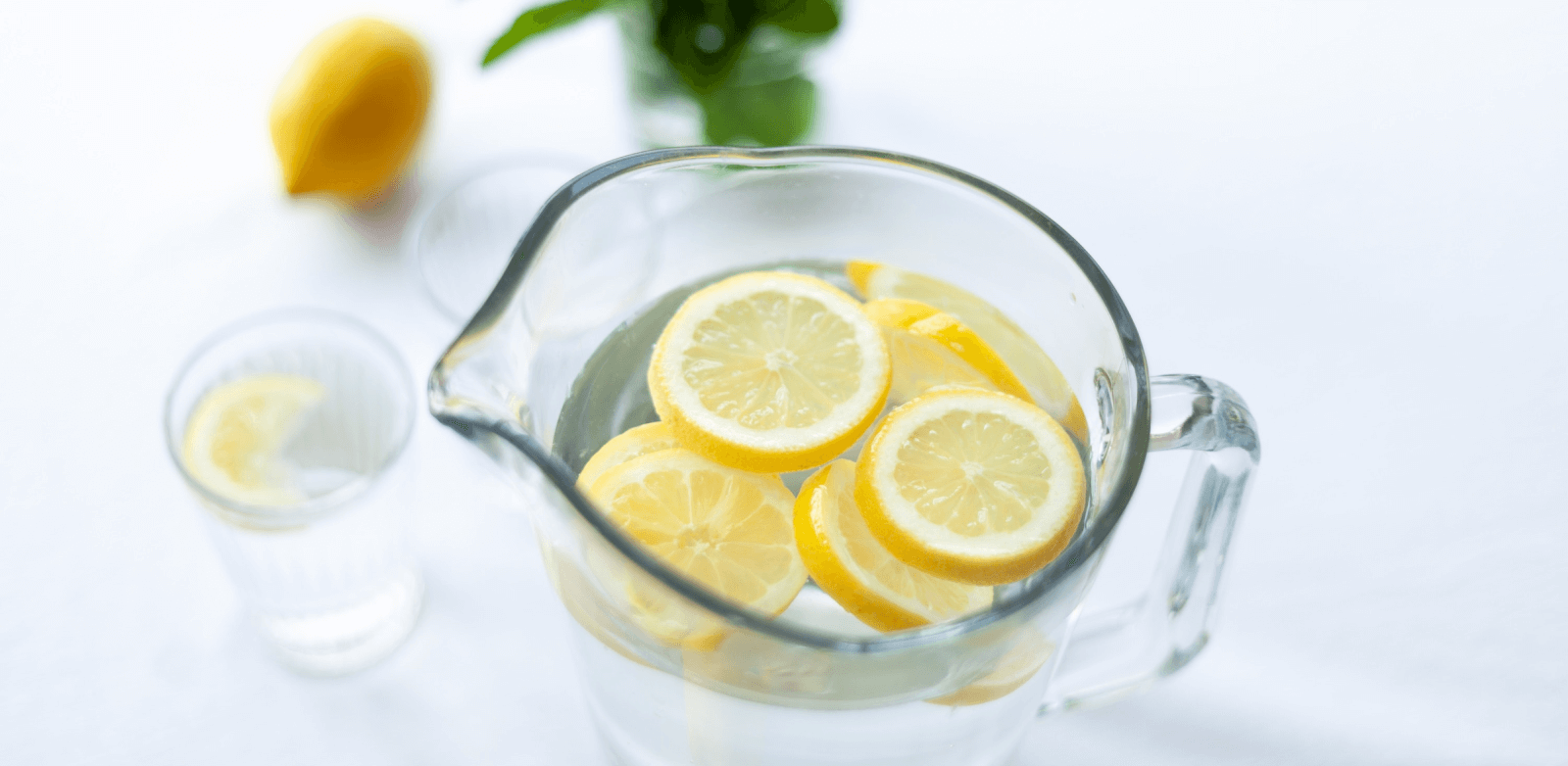
The Truth About Sun Protection
In my experience, most people do not understand the importance of using sun protection to protect the body from the harmful effects of UV rays. Our body’s defense against these damaging rays results in thickened and darker skin. A tan is not your friend, it is a reaction to these damaging rays and the source of free radical damage.
Although melanin becomes protective, it’s the process of producing the tan that causes the damage. Our melanocytes produce more granules of melanin to absorb and scatter the UV radiation. Melanin is most protective against UVB rays and unfortunately, UVA rays still penetrate deeper causing more damage and they also activate free radicals leading to skin aging and skin cancers.
Sun Protection All Year Round

UV light is just as strong in the winter months as it is during the summer months, and it penetrates glass when you are driving in the car or sitting next to a window. Eighty percent of the sun’s rays can still penetrate on a cloudy hazy day so do not be fooled by a cloudy sky. We also receive UV damage from fluorescent light bulbs as well as the blue light of our computer screens, tablets, and smartphones.
Sun protection needs to be applied every day as part of a daily morning ritual. When headed out for extended periods of outdoor activity like going to the beach or a round of golf, it should be applied liberally approximately 20 minutes ahead of time. It is suggested to minimize excessive sun exposure during the mid-day peak hours of ten and three. Look for broad-spectrum sun protection that will protect against both UVA and UVB rays. Know the difference between types of ingredients that offer protection; physical protection and chemical protection. The main difference lies in the way they protect the skin from UV rays.
What are physical sunscreens?
Physical sunscreen ingredients literally block the UV rays by forming a physical shield that reflects rays away from the skin. Whereas a sunscreen that contains chemical ingredients absorbs the UV rays and do not allow them to pass through into the skin. Keep in mind, no sunscreen ingredient is 100% effective at blocking the UV rays. In fact, the Food and Drug Administration banned the term “sunblock” because it created a false sense of protection to consumers.
I personally prefer using a mineral sunblock which is also safe for our oceans and reefs. Some sunscreen ingredients, such as Oxybenzone (Benzophenone-3) and octinoxate can stop the growth of green algae, accumulate in coral tissues, harm young animals, and disrupt the reproductive systems in mussels, sea urchins, fish, and dolphins.
Safe sunblock ingredients

Safe mineral ingredients include (non-nano) titanium dioxide and zinc oxide. A mineral sunblock sits on the surface of the skin and tends to be a safe option for even the most sensitive skin types. Whereas UV absorbing chemicals in sunscreens can be irritating and cause allergic reactions in some individuals.
What does SPF mean?
It is also important to understand what “SPF” means. SPF is a rating of the “Sun Protection Factor.” This number reflects how long a sun protection product protects the skin from burning, largely the UVB rays. For example, if your skin would normally burn after ten minutes in the sun, an SPF 30 sun protection product should allow you to stay in the sun without burning for approximately three hundred minutes. If you have fairer skin and would normally burn after five minutes, an SPF 30 sunscreen should allow you to stay in the sun for about one hundred fifty minutes. It’s important to point out that swimming and perspiring break down the sun protection ingredients despite their SPF number and it should be reapplied more frequently due to that. It’s a safe assumption to reapply approximately every two hours for most people.
All sunscreens are required to have an SPF number. Many scientists do not recommend the higher SPF numbers because there is a minimal advantage or greater protection but there is a much greater risk of sensitivity due to the higher chemical content. Additionally, some of those ingredients can themselves be converted to free radicals by exposure to UV rays.
Adding layers of sun protection

I suggest looking for sun protection that contains antioxidants as part of the formula or adding it prior to your sunscreen application. Antioxidants are free radical scavengers that help to neutralize the damaging effects of the UV rays. They can also be applied after sun exposure, even sunburned skin, to help reduce redness and inflammation. Our clothing is also a good source of adequate protection, such as long sleeve, lightweight swim shirts, sunglasses, and of course hats.





